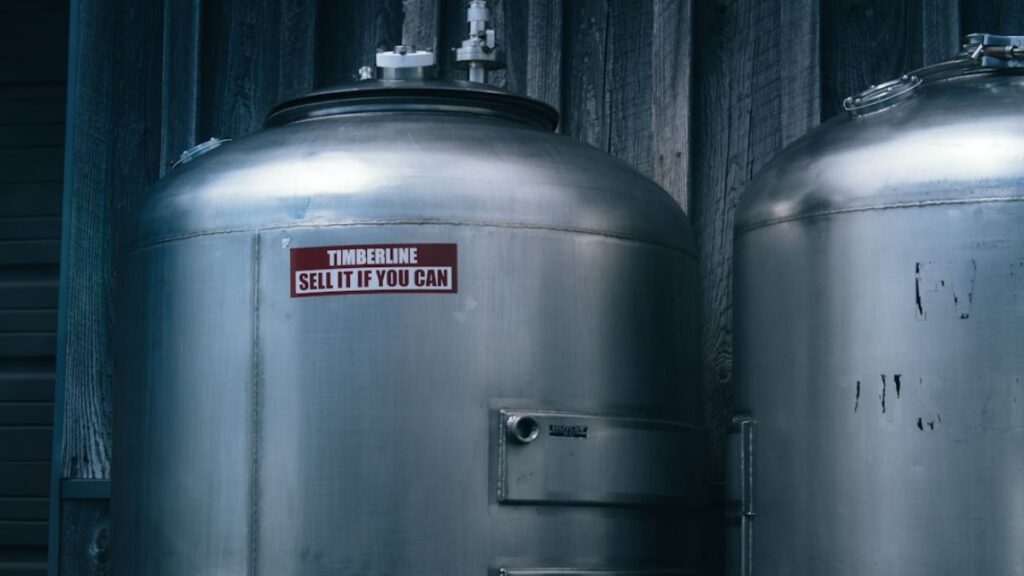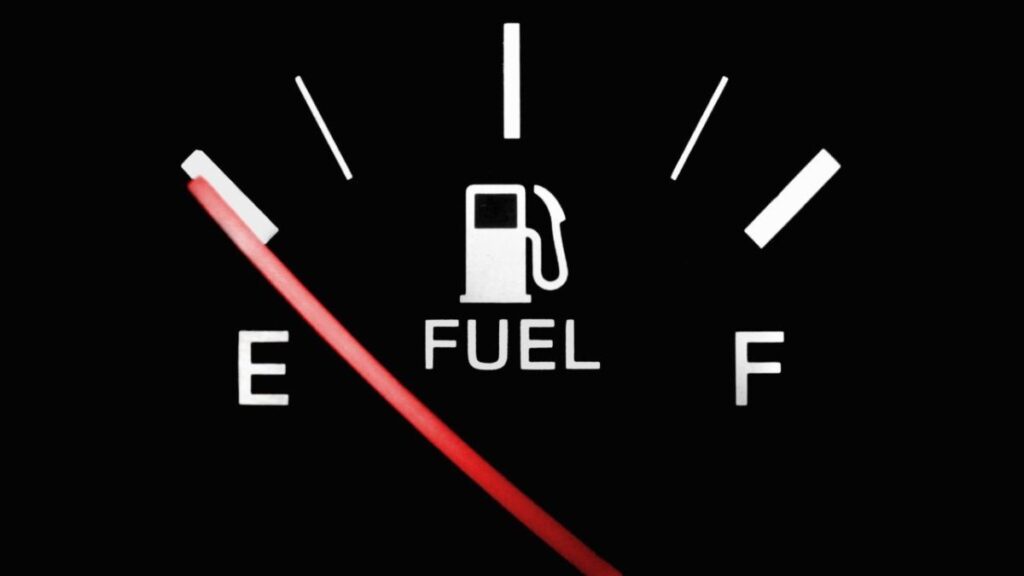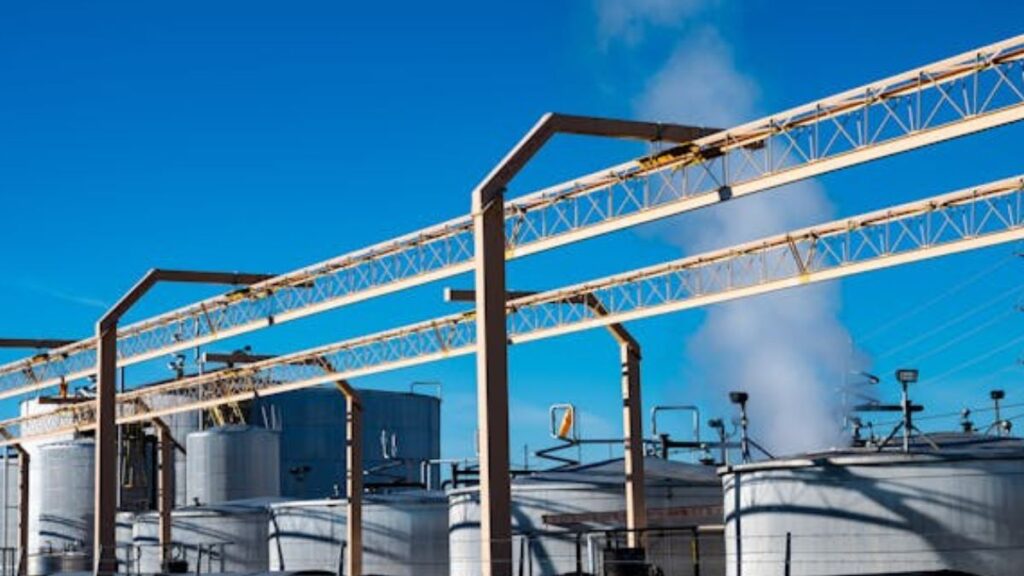Diesel engines, historically viewed as major contributors to air pollution, are now being studied for their ability to adapt to stricter emissions standards. Central to this transformation is the adoption of diesel exhaust fluid (DEF), which catalyzes a cleaner output from these engines.
By incorporating DEF tanks into diesel vehicles, manufacturers are meeting regulatory demands while also addressing the growing concern over environmental sustainability. Understanding how these tanks function can enlighten stakeholders about their vital role in the reduction of harmful emissions.

The Science Behind DEF and Its Purpose
DEF is a non-toxic solution composed of purified water and urea, designed to reduce nitrogen oxide (NOx) emissions in diesel engines. The fluid is injected into the exhaust stream of a diesel engine, where it converts NOx into harmless nitrogen and water vapor through a process called Selective Catalytic Reduction (SCR).
The integration of DEF within a diesel engine reduces the amount of harmful pollutants emitted into the atmosphere, a key player in emission control technology. As countries around the globe implement stricter measures to combat air pollution, the importance of DEF tanks continues to grow. These systems improve air quality and ensure that diesel engines remain viable.
Understanding the Operational Mechanism of DEF Tanks
Typically made from high-grade, corrosion-resistant materials, the tanks ensure that the DEF remains uncontaminated and maintains its effectiveness. When the diesel engine is running, the onboard system regulates the injection of DEF into the exhaust stream based on sensor readings from the engine control module.
A consistent supply of DEF will maintain engine performance. Insufficient DEF can lead to a loss of power and may even trigger warning signals on the engine control panel. Monitoring and maintaining the correct levels in unity tanks to ensure that the fluid does not freeze in colder climates, which could affect its operational efficiency. The proper design of DEF tanks ensures that there are no leaks, and the fluid is delivered to the injection point seamlessly.
Benefits of Using DEF Tanks
The utilization of DEF tanks brings about multiple benefits that extend beyond mere compliance with emission regulations. An immediate advantage is the notable reduction in harmful emissions produced by diesel engines, leading to improved air quality. Vehicles equipped with DEF technology can effectively meet stringent government emissions mandates to avoid expensive fines and penalties.
Studies show that engines utilizing DEF can achieve better thermal efficiency, allowing for superior fuel economy and driving range. Manufacturers report that the integration of DEF systems can result in a significant decrease in engine maintenance, as lower emissions directly correlate with lesser deposits on engine components.
Challenges and Solutions in DEF Usage
While DEF technology offers numerous advantages, it also presents several challenges that need to be addressed for optimal performance. A common issue is the potential for DEF crystallization if the fluid is subjected to extreme temperatures. Users may find that improper handling and storage can compromise fluid quality and necessitate careful management of DEF supplies.
The industry faces challenges regarding the availability of DEF refilling stations in remote regions. These limitations can hinder the efficiency of diesel operations. On the other hand, advancements in materials and technology provide viable solutions. Newer DEF formulations are being designed to improve performance under various environmental conditions so that they remain effective.
Impact of Regulatory Frameworks on DEF Implementation
Regulations imposed by governmental agencies dictate stringent standards that compel manufacturers and operators to adopt cleaner technologies. Compliance with these regulations has a direct correlation with the adoption rates of DEF tanks in diesel vehicles.
Emissions regulations in regions such as the United States and Europe have led to a dramatic increase in DEF penetration across the trucking and transportation sectors. As these regulations continue to evolve, further innovations in DEF technologies are likely to emerge and shape the future of diesel engines.
Operators who align with these regulations will benefit from cost savings through reduced fines and gain a competitive edge in the market. Effective adherence to these frameworks fosters a broader commitment to sustainability across the industry.
Future Trends in Diesel Engine Technologies
The future of diesel engine technologies is bound to be influenced by the ongoing advancements in emission reduction systems, including DEF tanks. Emerging technologies like electrification are expected to complement existing diesel solutions, creating hybrid options that appeal to operators seeking sustainability without sacrificing performance.
Innovations in engine designs and alternative fuels also promise to enhance the efficacy of DEF applications. Advancements in catalytic converter technologies and more efficient engines could further reduce emissions. The interaction between diesel and alternative energy sources will likely redefine the operational landscape for transportation industries. With ongoing investments in research and development, the efficiency and reliability of DEF systems are expected to improve, solidifying their importance in a balanced approach to meet growing environmental demands.

Reducing emissions from diesel engines is a necessity for a sustainable future. DEF tanks enable cleaner burning processes and improve engine performance. While challenges persist, the industry’s commitment to innovation and adherence to regulations is paving the way for greener diesel operations. With advancements making a significant impact, the future of diesel engines looks optimistic.







